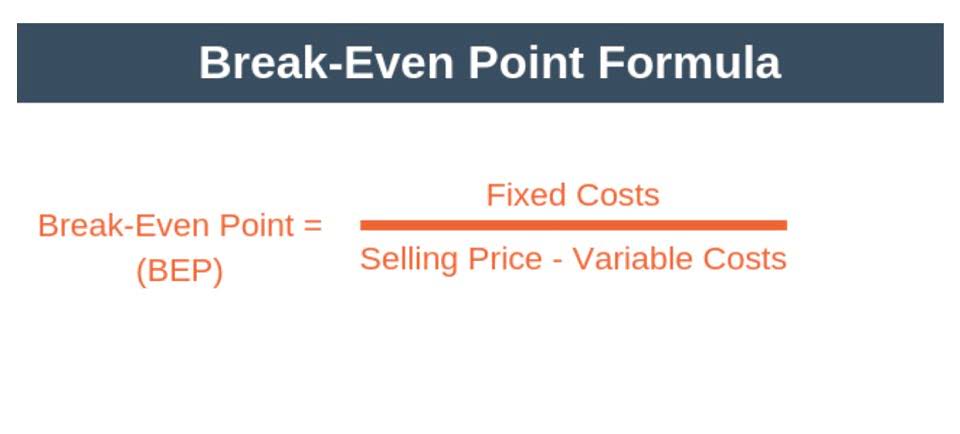5 3 Mixed Costs Managerial Accounting

This understanding helps ensure that budgets are realistic and costs are considered and measured. Kristin is a Certified Public Accountant with 15 years of experience working with small business owners in all aspects of business building. In 2006, she obtained her MS in Accounting and Taxation and was mixed cost formula diagnosed with Hodgkin’s Lymphoma two months later.
- Each observation’s total cost (y) is aligned with the y-axis and is also aligned with the volume amounts indicated on the x-axis.
- These costs are incurred even when there is no production or activity happening.
- But materials to make each product are your variable costs because these will vary based on how many items you’re making.
- These expenses increase or decrease based on how much work a business does.
- Examples of mixed costs include rent, insurance premiums, utilities, and more.
- Since this is called the high-low method, we first need to determine the highest point and the lowest point in the range.
Best Internal Source of Fund That Company Could Benefit From (Example and Explanation)

Mixed costs can be calculated by adding the fixed and variable components together. However, businesses may use other more complicated methods such as the high-low method, regression analysis, and scatter graph method. In simple words, mixed costs are expenses that cannot be separated into fixed and variable costs but are a combination of both.

12: Mixed Costs
Because the variable rate and fixed costs are not always 100% constant, the cost should not be used. Since the number of oil changes is a consistent, reliable measure, we should use that to determine the high and low points. Looking at the data in the chart above, what would you choose as the high and low points? April is the high point with 2,950 oil changes and January is the low point with 2,200 oil changes.

Mixed Costs Examples
Each month, you pay a set amount for things like water and sewer services. On top of that, your costs go up or down depending on how much you use. This is because they have agreed upon a fixed monthly payment of $5,000, in addition to a variable charge for t-shirts, depending on the overall output that is produced. Mixed Costs can simply be defined as costs that include both fixed and variable components. Therefore, they can best be described as costs that have a fixed component and a variable component. For every copy that is made, the total cost of copies increases bt $0.02.
This can lead to financial instability in the face of output fluctuations. Further, mixed costs can also complicate budgeting and forecasting processes, making it harder for a company to plan for the future. This approach is more complicated, but yields budget figures that are more likely to match actual results. If you’ve bookkeeping and payroll services looked at that formula before and thought “huh?!?
- Unlike the high-low method, regression analysis estimates how modifying one independent variable affects a dependent variable when another remains fixed.
- Similarly, mixed cost differs from variable cost in that the per-unit change in variable cost is fixed while the per-unit change in mixed cost decreases as output increases.
- The variable component contains expenses that change with the production level, such as materials, labor, and energy (Bragg, 2019).
- Mixed Costs can simply be defined as costs that include both fixed and variable components.
- Mixed costs (also called semi-variable costs) are costs that have both fixed and variable components.
Chapter 5: Cost Behavior and Cost-Volume-Profit Analysis

As far as the fixed component is concerned, that does not vary with the output level. First calculate the change in cost and the change in activity. The total amount can vary each month because it depends on how much you use or produce in addition to the constant part. payroll You might have a base fee that covers furnace maintenance and basic usage.
